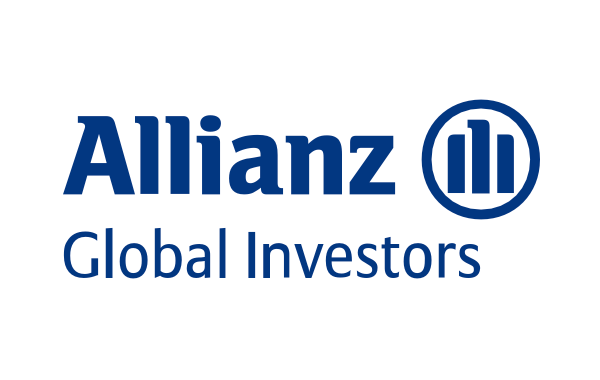Allianz Global Investors, an active investment manager unit of the global insurance group with EUR 562 billion under management, has recommended catastrophe bonds as a burgeoning asset class offering its clients welcome diversification in a volatile environment. Allianz Global Investors has begun recommending catastrophe bonds as an asset class to its institutional investor clients, with them becoming a type of asset it is now increasingly incorporating into strategies that it offers, we understand.
Allianz Global Investors has begun recommending catastrophe bonds as an asset class to its institutional investor clients, with them becoming a type of asset it is now increasingly incorporating into strategies that it offers, we understand.
When it comes to private asset classes, Allianz Global Investors (Allianz GI) has long highlighted the important benefits that diversifying assets can play and cited this as one of the key motivations for promoting private and often less-liquid assets to its client base.
Alongside diversification, private assets and alternatives can add resilience to investors portfolios, something seen as particularly important in the currently volatile markets and world.
In a third-quarter 2025 update, the Allianz GI team point to investor concerns over traditional safe havens, given volatile policymaking and rising debt levels, particularly in the United States.
Diversification is seen as key, both within traditional and alternative or private asset classes, with recent history serving to demonstrate how privates and alts can add some stability to portfolios during volatile times.
Right back at the start of 2025, the Allianz GI team recommended that investors build themselves “widely diversified” portfolios, saying this is one answer to the volatility expected and now seen this year.
In a fast-changing and uncertain environment, investors the asset manager advised against putting all investor’s eggs in one basket.
Catastrophe bonds were one of the strategies highlighted back at the start of 2025 as a potential source of relatively uncorrelated value through a year that was expected (and has proven) to be volatile.
It’s one way investor clients were advised to try and mitigate the risks while also capturing opportunities in 2025.
Avoiding too much correlation is the key driver, with catastrophe bonds one example of an asset class that can “follow different performance cycles to fixed income and equities,” the Allianz GI team explained.
Broader diversification was seen as a guiding principle for 2025 and that has continued right through the year so far, with Allianz GI highlighting how its fund managers have been adding catastrophe bonds to certain strategies to help their investors benefit from diversifying sources of returns.
Catastrophe bonds have grown this year to become a “burgeoning asset class” the Allianz GI team explained, as it continues to recommend them as one valuable source of diversification for portfolios as we move towards 2026.
Major asset managers recommending insurance-linked securities (ILS) such as catastrophe bonds and adding them to multi-asset fund strategies has become increasingly common, so it is no surprise.
But as this happens and both the asset manager and their clients begin to feel the benefits of diversification and gain an appreciation for reinsurance-linked investments, the expectation is that these types of allocations could prove longer-term and more sticky than seen in the past. As long as the market remains disciplined on pricing and terms, to ensure risk-adjusted compensation remains attractive over a longer horizon.



